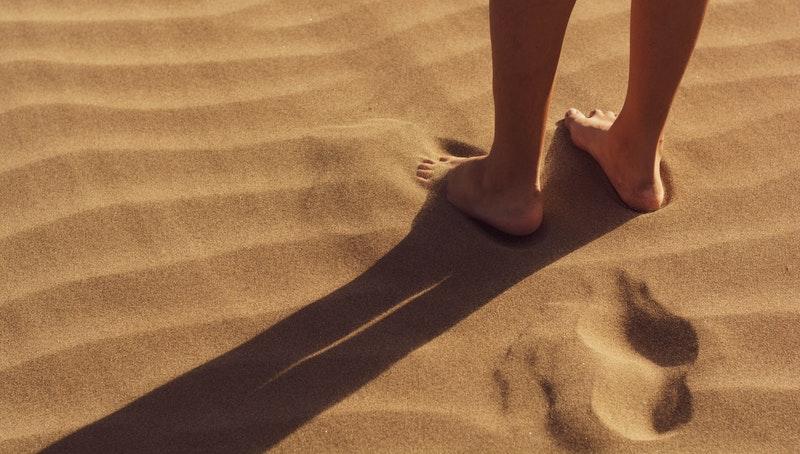As we (hopefully) head into the warmer months, we start to lose the heavy clothes from winter and uncover parts of our bodies that haven’t seen the sun in months. Pedicure appointments get made and suddenly feet are out on display. Having bunions can make you reluctant to display your tootsies or even make it difficult finding footwear that is comfortable. This doesn’t have to be the case.
Many people think that because bunions run in their family that they are something you just need to accept. It’s true that foot structure is hereditary, but this just means that your foot is more likely to develop a bunion, not that a bunion is inevitable. Bunions occur when the joint of the big toe levers out away from the foot and the tip of the big toe heads inward, often under or over the other toes. Over time, a bursa can develop, the joint gets stiff and difficult to stand or walk on, sometimes leading to other foot and leg problems and decreased mobility.
Fashion footwear is often the cause – pointed toes and high heels being the biggest culprit. Squishing your toes together, combined with loose ligaments, is a perfect recipe for bunions. Those with jobs that have them on their feet all day know the importance of good footwear.
Halting the progression of a bunion is possible but will take work. It will, however, be a lot less painful than surgery and starting early can save you a lot of pain down the road. Toe spacers can be purchased in most drug stores and come in a variety of styles depending on whether you also have pain in the ball of your feet or how much space is left in your shoes to accommodate a spacer. Some are designed to be worn at night, others during the day inside your shoes.
There are a few things you can do at home as well that don’t require buying any gadgets. Wind your fingers between your toes (like a pedicure toe spacer) and gently move your hand in small circles. A thin sock, or paper towel can be wound around and between the toes to separate them out. You might only tolerate a few minutes at first, but work up to longer and longer intervals and greater space especially between the big and second toes to bring the big toe back into alignment.
As with most things health related, starting intervention early has the highest chance of reversing the condition. Hopefully you’ll be in cute (or manly) sandals in no time.


